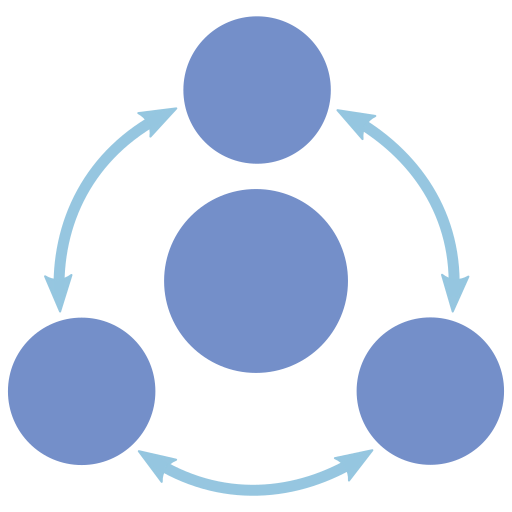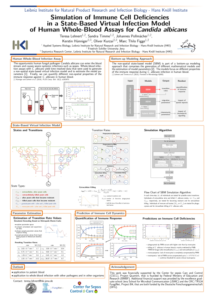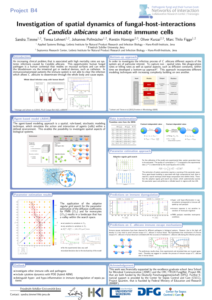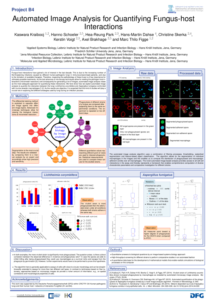In this study we investigate receptor–ligand binding in the context of antibody–antigen binding. We established a quantitative mapping between macroscopic binding rates of a deterministic differential equation model and their microscopic equivalents as obtained from simulating the spatiotemporal binding kinetics by a stochastic agent-based model. Furthermore, various properties of B cell-derived receptors like their dimensionality of motion, morphology, and binding valency are considered and their impact on receptor–ligand binding kinetics is investigated. The different morphologies of B cell-derived receptors include simple sperical representations as well as more realistic Y-shaped morphologies. These receptors move in different dimensionalities, i.e. either as membrane-anchored receptors or as soluble antibodies. The mapping of the macroscopic and microscopic binding rates allowed us to quantitatively compare different agent-based model variants for the different types of B cell-derived receptors. Our results indicate that the dimensionality of motion governs the binding kinetics and that this predominant impact is quantitatively compensated by the bivalency of these receptors.
Model for antigen binding by B cell-derived receptors
Publications
Modeling of intravenous caspofungin administration using an intestine-on-chip reveals altered Candida albicans microcolonies and pathogenicity.
Kaden T*, Alonso-Roman R*, Akbarimoghaddam P*, Mosig AS, Graf K, Raasch M, Hoffmann B, Figge MT#, Hube B#, Gresnigt MS#
Candida albicans is a commensal yeast of the human intestinal microbiota that, under predisposing conditions, can become pathogenic and cause life-threatening systemic infections (candidiasis). Fungal-host interactions during candidiasis are commonly studied using conventional 2D in vitro models, which have provided critical insights into the pathogenicity. However, microphysiological models with a higher biological complexity may be […]
The spatial organization of sphingofungin biosynthesis in Aspergillus fumigatus and its cross-interaction with sphingolipid metabolism.
Jojić K*, Gherlone F*, Cseresnyés Z, Bissell AU, Hoefgen S, Hoffmann S, Huang Y, Janevska S, Figge MT, Valiante V
Sphingofungins are sphinganine analog mycotoxins acting as inhibitors of serine palmitoyl transferases, enzymes responsible for the first step in the sphingolipid biosynthesis. Eukaryotic cells are highly organized with various structures and organelles to facilitate cellular processes and chemical reactions, including the ones occurring as part of the secondary metabolism. We studied how sphingofungin biosynthesis is […]
The global RNA–RNA interactome of Klebsiella pneumoniae unveils a small RNA regulator of cell division.
Ruhland E, Siemers M*, Gerst R*, Späth F, Vogt LN, Figge MT, Papenfort K, Fröhlich KS#
The ubiquitous RNA chaperone Hfq is involved in the regulation of key biological processes in many species across the bacterial kingdom. In the opportunistic human pathogen Klebsiella pneumoniae, deletion of the hfq gene affects the global transcriptome, virulence, and stress resistance; however, the ligands of the major RNA-binding protein in this species have remained elusive. […]









